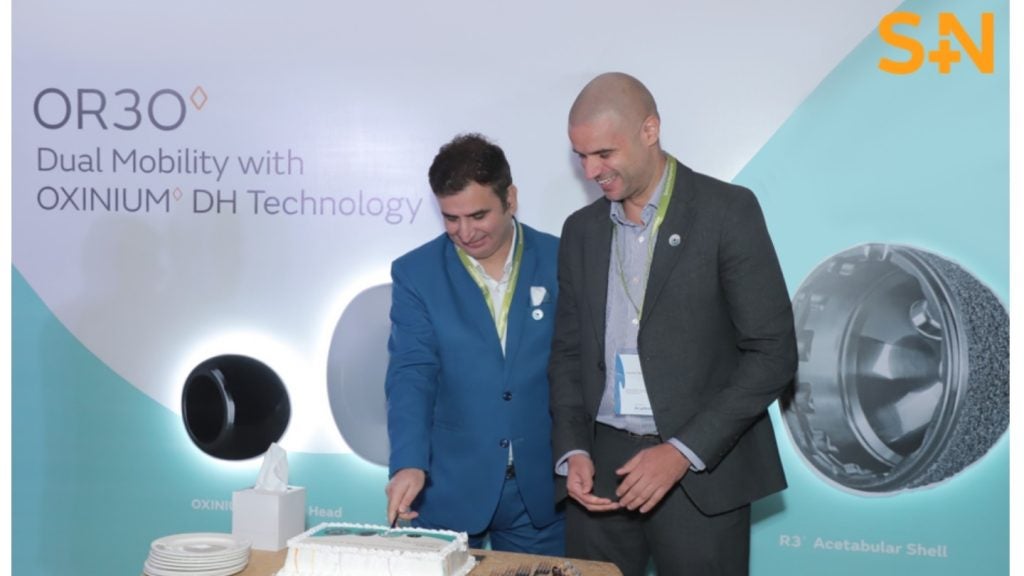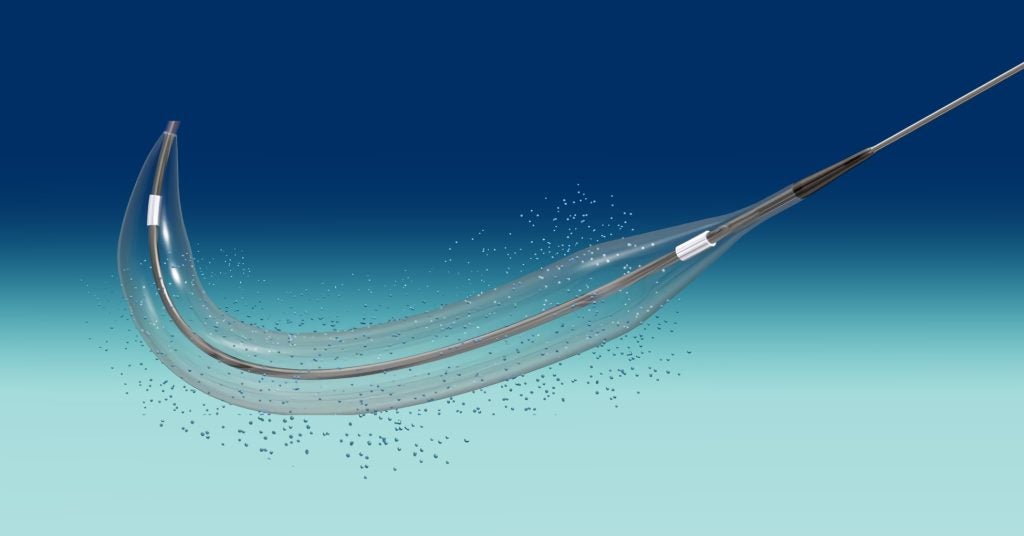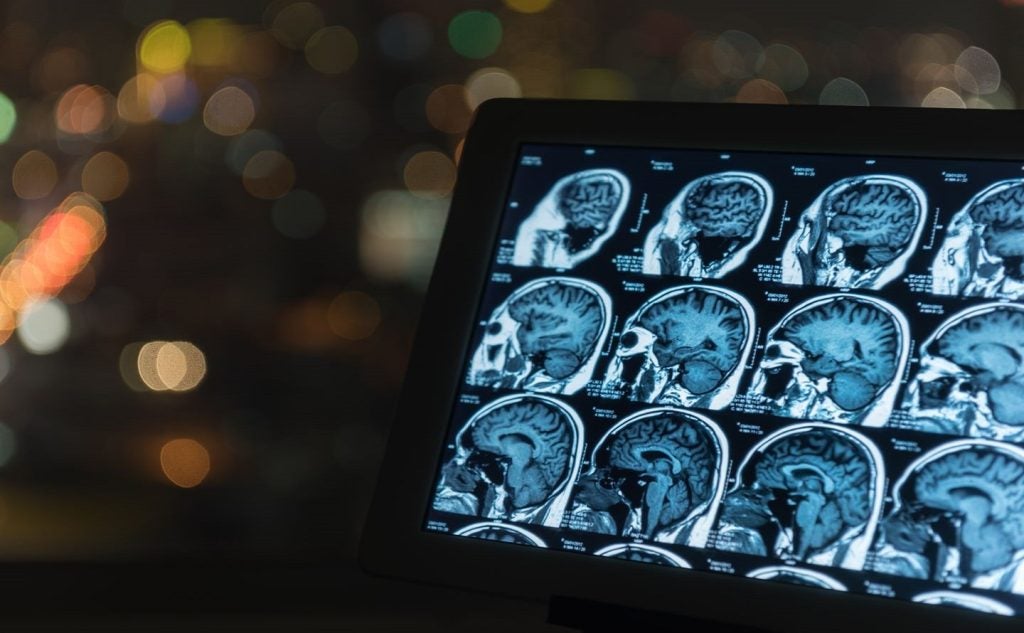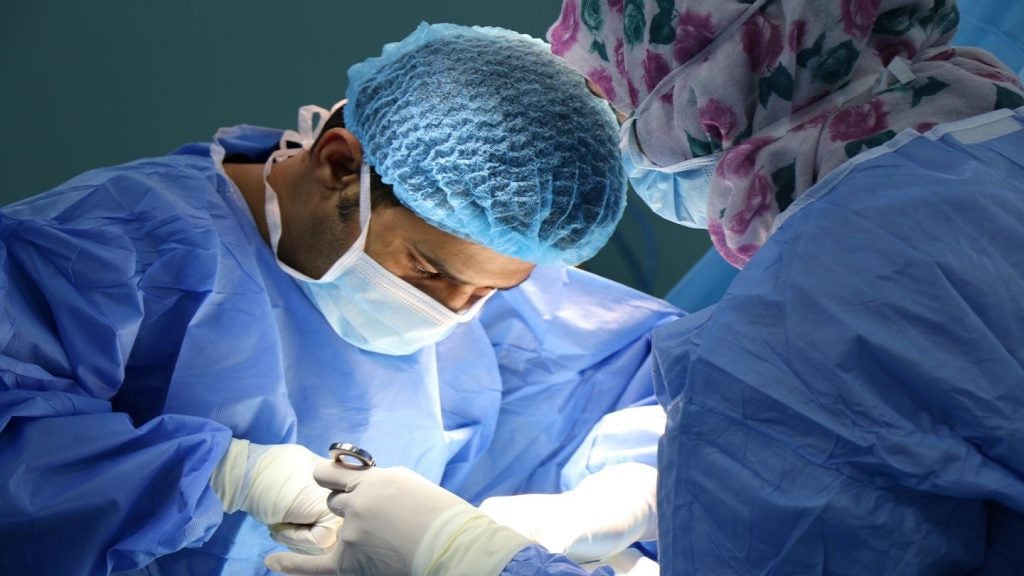Smith+Nephew has introduced its OR3O Dual Mobility System in India for primary and revision hip arthroplasty applications.
Unlike traditional solutions, dual mobility implants feature a smaller diameter femoral head that securely engages with a larger polyethylene insert.
This enhances stability, lowers the chance of dislocation and provides a better range of motion.
While many hip implants use Cobalt Chrome liners and ceramic head balls, OR3O integrates Smith+Nephew's advanced bearing surface, OXINIUM diffusion hardened (DH), for its liner and OXINIUM on XLPE for the femoral head and polyethylene inserts.
This removes the modular CoCr liner or CoCr head ball from the structure, decreasing the potential for wear and corrosion issues linked to the alloy.
OXINIUM DH represents a distinct version of Smith+Nephew's OXINIUM Technology platform. It enhances hardening depth through the deployment of an additive manufacturing method.
The OR3O system also provides cross-compatibility with the R3 Acetabular System.
Smith+Nephew South Asia managing director Joaquin Lasso said: “Smith+Nephew's OR3O Dual Mobility System is a groundbreaking introduction for India that offers technology not available in other systems.
“Over a dozen peer-reviewed publications have now cited or expressed concerns over corrosion or elevated ions in CoCr modular dual mobility liners.
“The reduced corrosion of our OXINIUM and OXINIUM DH bearing surfaces sets OR3O apart from the competition.”
The company, which has operations in over 100 countries, generated annual sales of $5.2bn in 2022.















